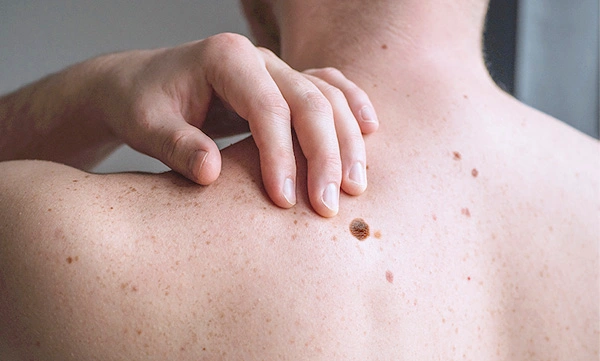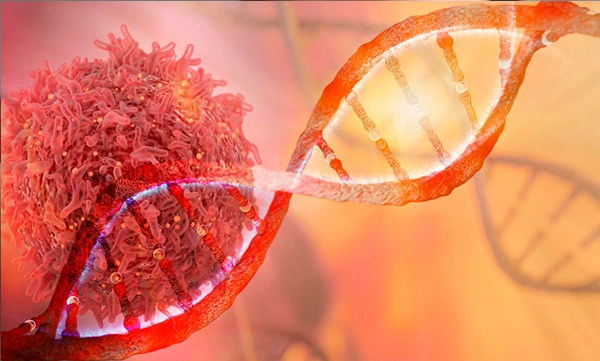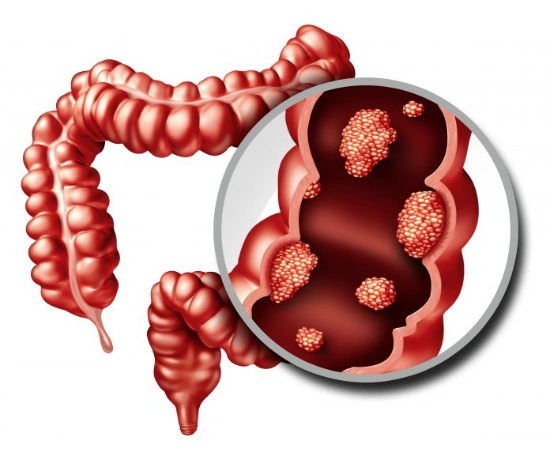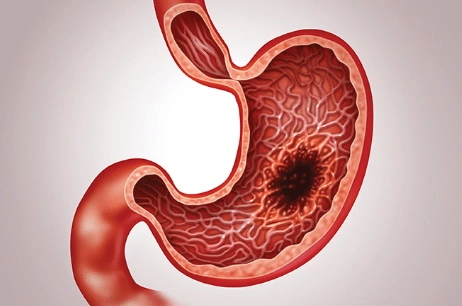Melanoma genes

If you tested your DNA with a personal genomics service like 23andMe, AncestryDNA, FamilyTreeDNA, MyHeritage or another testing company, you can learn more about your risk factors for hundreds of diseases. By clicking the button above ⬆️, you can upload your raw DNA data file and receive a personalized 250-page health report with research links that is the most comprehensive.
The incidence of malignant melanoma (MM) is rising sharply, making it one of the most aggressive forms of cancer. Cases where MM runs in families and relatives being at greater risk suggest a strong genetic component to this disease's development. Multiple genes are thought to be involved, indicating that its genetic basis is intricate and multifactorial.
Even though the sun is primarily responsible for melanoma, genes also play a significant role. Melanoma genomics - the scientific study of genetics at molecular levels - is quickly enhancing our comprehension about this ailment and its management.
Around 40-60% of melanomas have a genetic mutation in the BRAF gene, which results in constant activation of downstream signaling within the MAP kinase pathway. In most instances (80-90%), this activating mutation specifically involves exchanging valine with glutamic acid at amino acid position 600 (V600E).
The B-Raf protein is produced by the BRAF gene, which plays a vital role in transmitting growth signals within cells. The identification of the BRAF V600 mutation and subsequent development of targeted drugs has profoundly altered clinical treatment for advanced or metastatic melanoma patients. Activating mutations in this gene have been found to be present in around 50% cases of cutaneous melanoma.
CDKN2A and MC1R are the main genes responsible for familial melanoma. While CDKN2A is crucial in managing cell senescence, MC1R plays a key role in skin pigmentation. Additionally, non-genetic factors shared between family members like residing under similar sun-exposed surroundings can also increase potential development of this condition. In case of individuals with germline mutations, other genetic alterations along with varied environmental and lifestyle aspects could potentially cause them to contract melanoma as well.
The melanocortin 1 receptor (MC1R) gene plays a role in determining skin colour.
The gene responsible for regulating interferon, known as Interferon Regulatory Factor 4, has been identified as a risk factor for melanoma. Additionally, it is also correlated with fair skin and the presence of freckles.
Follow the link of the selected polymorphism to read a brief description of how the selected polymorphism affects Melanoma and see a list of existing studies.
SNP polymorphisms related to the topic Melanoma:
| rs910873 | There is a 3-fold increased risk of malignant melanoma. |
| rs16953002 | There is a 1.32-fold increased risk of melanoma in people with a low BMI. |
| rs1110400 | The melanocortin receptor 1 variant is associated with a red hair colour phenotype and risk of skin melanoma. |
| rs885479 | The melanocortin 1 receptor (MC1R) gene variant is associated with an increased risk of developing melanoma of the skin, which is largely independent of skin type and hair colour. |
| rs872071 | The IRF4 rs872071 polymorphism causes susceptibility to chronic lymphocytic leukaemia, Hodgkin's lymphoma, skin cancer and haematological malignancies. |
| rs12203592 | interferon regulatory factor polymorphism has an age-related effect on the number of nevi and predisposes to melanoma. It is also responsible for predisposition to freckles, red hair and high skin sensitivity to sunlight. |
| rs258322 | Disruption of CDK10 (cyclin-dependent kinase 10) doubles the risk of melanoma. |
| rs1800407 | An allelic variant of the OCA2 gene (pink eye dilution locus) is associated with a genetic predisposition to melanoma. |
| rs1805005 | A variant of the melanocyte-stimulating hormone receptor gene responsible for a significant proportion of the risk of malignant melanoma of the skin |
| rs2228479 | A variant of the melanocyte-stimulating hormone receptor gene responsible for a significant proportion of the risk of malignant melanoma of the skin |
| rs3219090 | A common intronic variant of PARP1 increases the risk of melanoma. |
| rs13181 | |
| rs35390 | |
| rs45430 | |
| rs154659 | |
| rs1267601 | |
| rs1393350 | |
| rs1805007 | |
| rs1805008 | |
| rs1805009 | |
| rs1885120 | |
| rs2284063 | |
| rs3212361 | |
| rs4785763 | |
| rs7023329 | |
| rs7412746 | |
| rs11547464 | |
| rs13016963 | |
| rs17119461 | |
| rs61996344 | |
| rs861539 | |
About The Author
Li DaliLi Dali, a National Foundation for Outstanding Youth Fund recipient, is a researcher at the School of Life Sciences in East China Normal University. He earned his PhD in genetics from Hunan Normal University in 2007 and conducted collaborative research at Texas A&M University during his doctoral studies. Li Dali and his team have optimized and innovated gene editing technology, leading to the establishment of a world-class system for constructing gene editing disease models.


